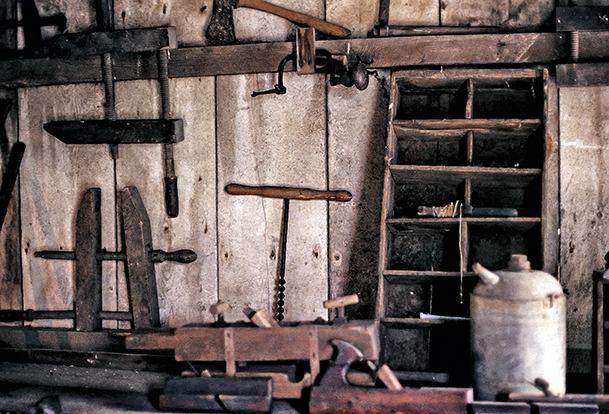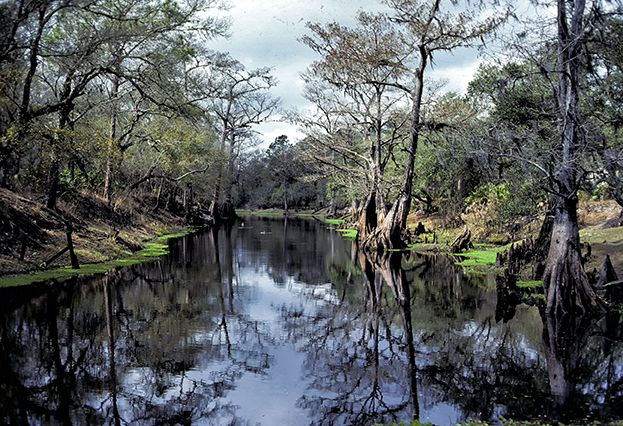Guestblog Peter Gamba : Old Style
Today a guestblog by our friend Peter Gamba.
Peter (as many others now a days) has a passion for the older/vintage type of photography, and well that fits with what I also like 🙂
But also Peter points out that “knowing” the “old days” can immensely help you in your modern time photography. If find for myself that ever since I picked up film again my photography has grown.
Peter Gamba
My journey began in photography in 1968. My first camera was a Minolta SRT 101. I was living in Ecuador at the time. I was a teenager living with my parents assigned by the U.S. State Department. I began using color transparencies (Kodak Ektachrome, Kodak Kodachrome). I had no real knowledge of light and film, nor any access to hand held light meters. The only way I understood exposure was to take a picture, write down my settings, wait to get the slides back from the developer, then look at the results and read my corresponding notes. A rather expensive way to learn, in my opinion. The metering system on the Minolta used a variable needle that reflected the conditions and a static hard circle that the user could manipulate to dissect the needle. One could then see how aperture and shutter speed worked together, but it wasn’t until one saw the results from the actual photographs that it began to make sense.
A few years later, I entered the world of black and white photography. No longer did I have to wait for pictures to be developed, I could do it myself. The entire process was in my hands. I could shoot a roll of film, develop the roll, see the exposures, and print whatever I liked. It did cost money, but not nearly the end cost of having color transparencies developed.
For me, it was an art to work with black and white film. Having to work in total darkness to remove the film from the cartridge and find the develop spool was interesting every time. The film had to be wound on that spool a specific way, to allow the develop solution to evenly cover every frame. One was never certain that it all would work out until the process was complete and the exposed roll was ready to view. In today’s digital world everything is done in the “positive”. Meaning, today we always see the photos normally, where as developing black and white film, the shots are seen in the negative. So darks were represented as light and light was represented as darks. The process alone taught me so very much about exposure and the relation of light and dark. I have to admit, it took some practice to convert the images seen on the negatives to a “positive” in my brain.
When it came time to print a photograph, one would expose the paper with the negative. At this point, with knowledge of light and dark, one could manipulate specific areas of light and dark and maybe correct some exposure mistakes during the original capture. Think dodge and burn in modern terms. One would use a hand or a paddle or different shapes to affect the light falling onto the print paper. Today, software like Lightroom and Aperture and Phase One etc mimic that process, but on steroids.
There were photography shops that would rent out develop studios. One could go and pay an hourly fee, use the chemicals and bring your own photo paper (or buy it there) and spend as much time as you wanted developing and learning the craft. Today the computer takes care of all that. For me, beginning the way I did set up a strong foundation to grow. Missing the understanding of the textures and grains of film I think is a loss for today’s modern digital photographers. At least we have software that can no simulate film, but actually living the experience was a blessing. It was always fun to experiment with different types of films and manufacturers. Kodak, Ilford etc would put out a new film and the photographers would all flock to experiment and see what changes were in store. I would compare it somewhat, to this era’s fascination with different brands of cameras.
I understand the reason for the way we process our images today and even though the software is available to emulate the days of film, I wonder how many photographers actually spend time “seeing” what film brought to the table. It is nice that we have so many more options and tools available to make great images.





My thanks to Frank for allowing me to wax poetic – some of my images can be found at petergamba.com
A fun blast from the past. In 1975 with an old Pentax screw mount body and a 50 2.8 and a 135mm I too took on the world moving up to an F2a going into the university for photo arts. I was lucky enough to work at a photo lab after school where we did E-6 and C-41 processing and up to 500 to 700 rolls a day. My job was quality control over processing in both the wet side and the dry side. In that time shooting/exposure became second nature, as everything was manual. Your body, focusing, setting all the temperatures of chemicals, color balancing the paper printers with a reflective and passive densitometer.. But you nailed the basics of the entire process from start to finish, and had an understanding of cause and effect. In some ways, I miss those days.
People were more likely to expose and compose more carefully and really think about what was going on that precious 24 or 36 frames. Now, everyone with a camera and a piece of editing software is a photographer…. I do enjoy standing in the background and listening to people talk photography though.
It’s the slowdown process that really helps people to progress.
Or to make it more vintage….
To go forward you really have to go backwards 😀